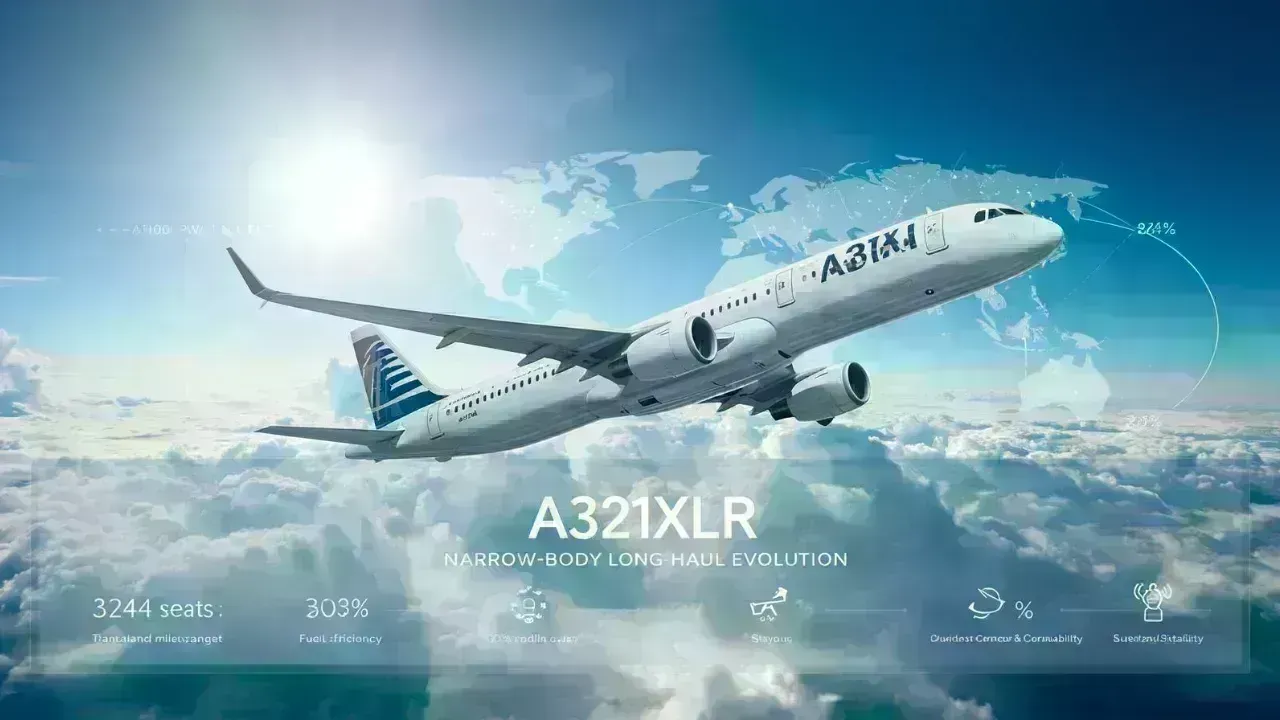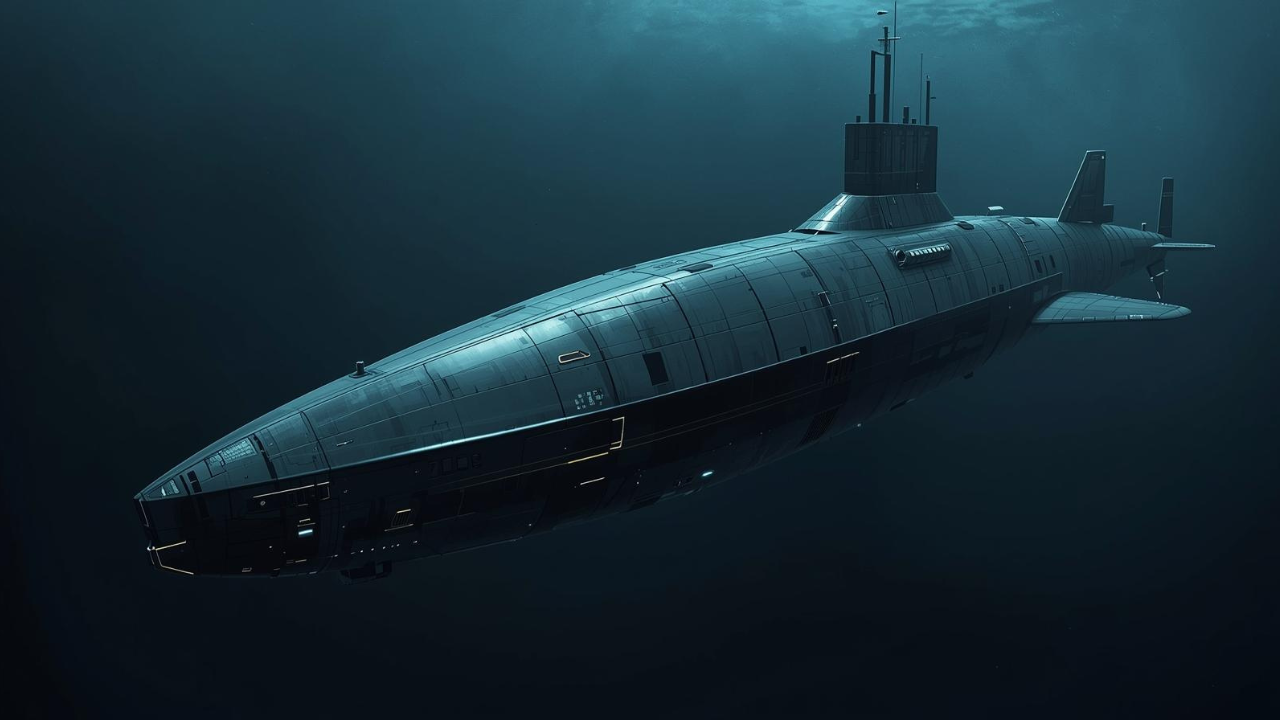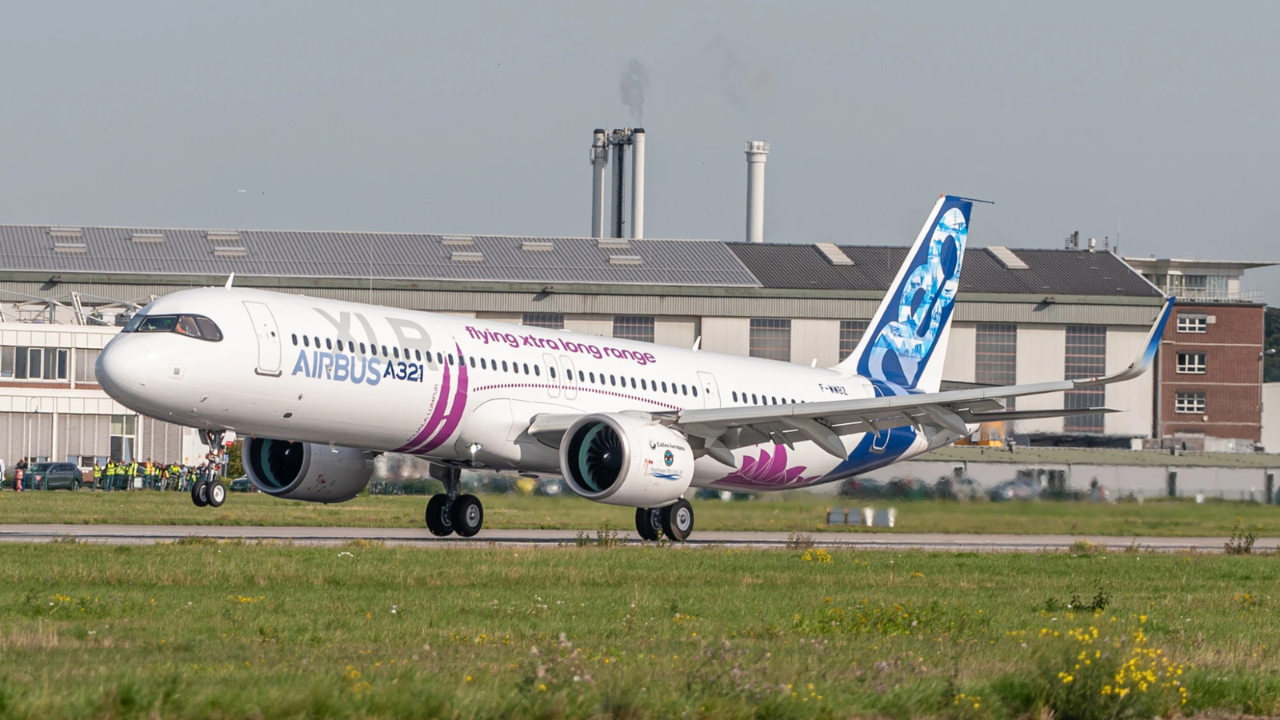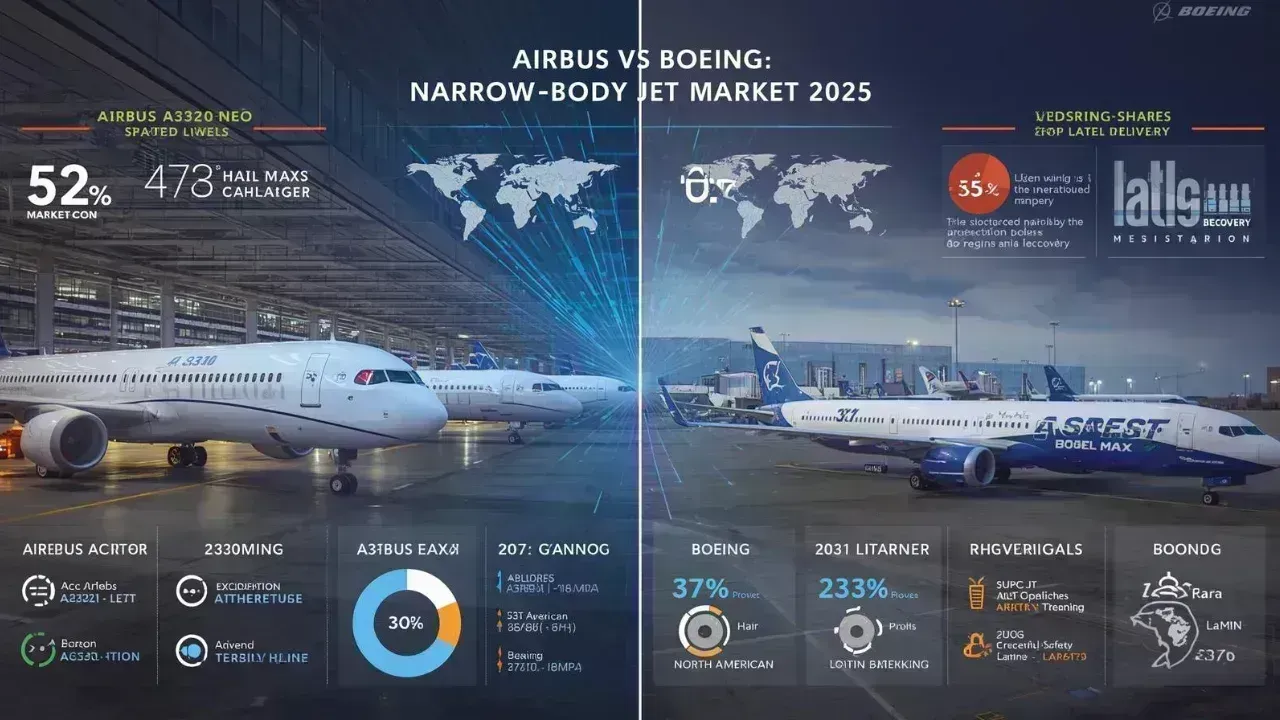
Post by : Meena Rani
The Airbus A321XLR (Extra Long Range) is reshaping the commercial aviation landscape by offering airlines unprecedented capabilities in long-range narrow-body travel. Combining extended range, operational efficiency, and passenger comfort, the A321XLR bridges the gap between traditional narrow-body jets and wide-body aircraft, enabling new route opportunities and more flexible fleet planning.
The A321XLR incorporates a range of technological innovations and design improvements that make it a game-changer for airlines and passengers alike.
With a maximum range of approximately 4,700 nautical miles, the A321XLR allows airlines to operate transatlantic and other long-haul routes that were previously the domain of wide-body aircraft. This extended range opens new market opportunities and route flexibility.
Equipped with Pratt & Whitney PW1100G geared turbofan engines and aerodynamic enhancements, the A321XLR reduces fuel burn by up to 20% compared to previous-generation aircraft. Lower fuel consumption translates to reduced operational costs and environmental impact.
The A321XLR offers an optimized cabin layout, larger overhead bins, improved lighting, and reduced noise levels, enhancing passenger comfort on longer flights.
Airlines gain multiple operational benefits from the A321XLR, including route flexibility, fleet efficiency, and cost savings.
The extended range allows airlines to serve thinner long-haul routes that would not be profitable with larger wide-body aircraft. Cities that previously required connecting flights can now be linked directly, improving passenger convenience and increasing load factors.
Airlines can replace older, less fuel-efficient aircraft with the A321XLR, reducing maintenance costs and maximizing fleet utilization. The aircraft’s size and efficiency make it ideal for point-to-point services as well as feeder routes to hub airports.
With improved fuel efficiency and reduced emissions, the A321XLR supports airlines’ sustainability goals while meeting increasingly stringent environmental regulations worldwide.
The A321XLR has generated significant interest from airlines globally, driven by the demand for cost-efficient, long-range narrow-body jets.
Major carriers in Europe, North America, and Asia have placed orders for the A321XLR, citing its ability to open new long-haul routes without the costs of wide-body operations.
The A321XLR competes primarily with Boeing’s 737 MAX 10, but its extended range and operational efficiency give Airbus a strong advantage in the long-range narrow-body segment.
The A321XLR integrates advanced technology in aerodynamics, structures, and systems to deliver superior performance and efficiency.
New high-aspect-ratio winglets and optimized wing aerodynamics reduce drag, increasing fuel efficiency and range.
The aircraft features additional fuel tanks and lightweight materials to support extended range while maintaining payload capacity.
Modern avionics and digital systems improve flight efficiency, navigation precision, and operational reliability, contributing to lower operational costs and improved safety.
Despite its advantages, the A321XLR faces operational and production challenges.
Pratt & Whitney’s PW1100G engine production limits have affected initial delivery schedules, requiring careful planning to meet airline demand.
While designed as a narrow-body aircraft, longer flights may require additional support services at destination airports, including passenger handling and maintenance facilities.
Boeing and other manufacturers are developing competing aircraft with similar capabilities, making timely deliveries and operational efficiency crucial for Airbus to maintain its market lead.
The A321XLR is redefining how airlines approach route planning, fleet management, and market expansion.
Airlines can offer non-stop flights on previously unserved or underserved routes, enhancing passenger convenience and revenue potential.
The A321XLR allows airlines to operate long-haul routes with fewer seats, lower fuel costs, and reduced operating expenses compared to traditional wide-body aircraft.
Airlines can strategically deploy the A321XLR to replace older aircraft, expand their networks, and serve secondary airports without sacrificing profitability.
The Airbus A321XLR represents a major evolution in narrow-body aircraft design, combining extended range, fuel efficiency, and passenger comfort. By enabling cost-effective long-haul operations, it empowers airlines to explore new markets, optimize fleet operations, and deliver a superior passenger experience. As the aviation industry continues to evolve, the A321XLR sets a new standard for long-range narrow-body travel, making it a key asset for airlines worldwide.
#A321XLR #AirbusInnovation #LongRangeJet #NarrowBodyRevolution #AviationTechnology #NextGenAircraft #FuelEfficiency #AerospaceNews #SustainableFlight #FleetOptimization #AirTravelInnovation #AviationFuture










Bengaluru-Mumbai Superfast Train Approved After 30-Year Wait
Railways approves new superfast train connecting Bengaluru and Mumbai, ending a 30-year demand, easi

Canada Post Workers Strike Halts Nationwide Mail and Parcel Services
Canada Post halts operations as CUPW strike disrupts mail and parcel delivery nationwide amid disput

PM Modi Launches BSNL ‘Swadeshi’ 4G Network, 97,500 Towers Built
India enters global telecom league as PM Modi inaugurates BSNL’s indigenous 4G, connecting 26,700 vi

India’s Iconic MiG‑21 Takes Final Flight After Six Decades of Service
After 60 years India retires its MiG‑21 fighter jet, a legendary yet controversial warplane marking

Hindustan Zinc unveils AI hotspot monitoring at Debari smelter
Hindustan Zinc launches AI-powered Switchyard Hotspot Monitoring at Debari smelter to cut outages bo

Chinese experts worked inside sanctioned Russian drone plant
Chinese drone specialists visited IEMZ Kupol supplying parts and drones via intermediaries, deepenin